Meet the Computers: The Women Programmers Behind the World’s First General Purpose Computer
Photos Provided by the U.S. Army Tech Features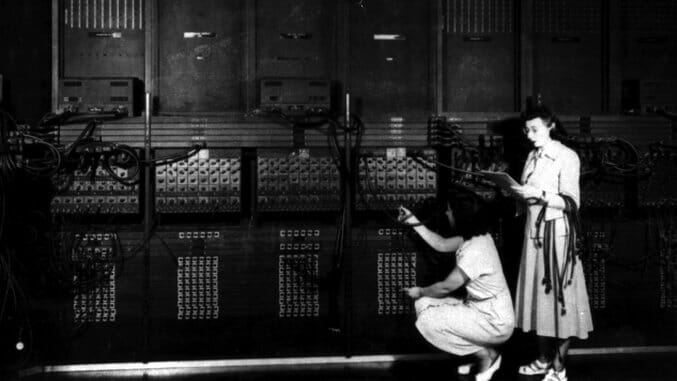
In the 1940s, the U.S. Army funded the development of the world’s first all-electronic general purpose computer known as the Electronic Numerical Integrator And Computer, or simply ENIAC, which was built at the University of Pennsylvania’s Moore School during the frenzy of World War II.
The military wanted a system to calculate ballistic trajectories, which had been carried out by hand up until that point. There were around 70 women, then dubbed “Computers”, working on these calculations when a job posting came available for six positions on a secret project.
Just what exactly this project was, no one really knew. The positions were ultimately filled by six Computers. They were: Frances Bilas Spence, Jean Jennings Bartik, Marlyn Wescoff Meltzer, Kathleen McNulty Mauchly Auntonelli, Frances Elizabeth (Betty) Holberton, Ruth Lichterman Teitelbaum.
These women knew their work in calculating ballistic trajectories was vital but, at the time, they didn’t know the sheer enormity of the project that lay ahead.
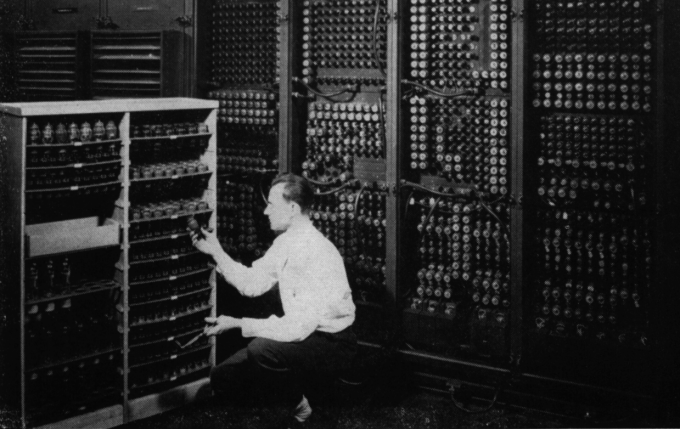 The ENIAC was built in secret in the early 1940s and was a vast and bulky machine. It weighed 30 tons, measured 8 feet high and 3 feet wide, came with 3,000 switches, and inside it contained 18,000 vacuum tubes and 80 air blowers for cooling the system. But there was another staggering hurdle that faced the ENIAC team: programming. No programming languages existed and, due to the classified nature of the ENIAC, the Computers didn’t get security clearances until the very last minute and had no programming manuals to draw from.
The ENIAC was built in secret in the early 1940s and was a vast and bulky machine. It weighed 30 tons, measured 8 feet high and 3 feet wide, came with 3,000 switches, and inside it contained 18,000 vacuum tubes and 80 air blowers for cooling the system. But there was another staggering hurdle that faced the ENIAC team: programming. No programming languages existed and, due to the classified nature of the ENIAC, the Computers didn’t get security clearances until the very last minute and had no programming manuals to draw from.
But they were still expected to make the ENIAC work.
“They had no books or anything to teach us how to program,” Jean Bartik says. “They gave us these great big block diagrams of the units of the ENIAC and we were supposed to study them to figure out how to program it, how the thing worked.”
“The ENIAC was a son-of-a-bitch to program and the reason for that was that it was a parallel machine so that many different operations could take place at one time. You had to coordinate the time of it so that things could get back into sync.”
Yet they managed to get the whole thing working by configuring the many switches across the imposing device. Calculations that could take up to a week to figure out by hand could now be solved in seconds.
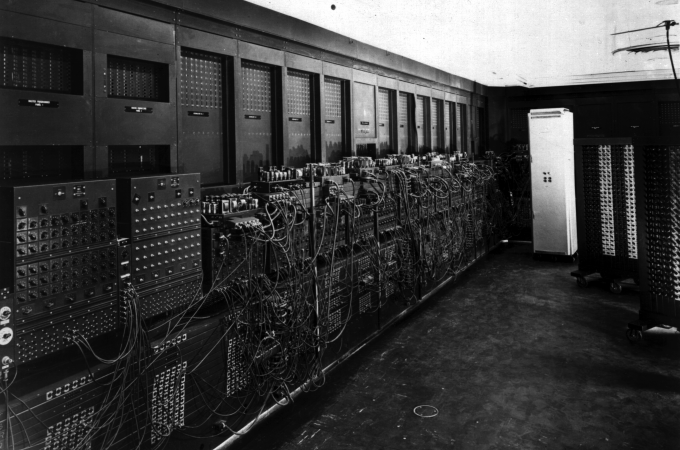 The ENIAC was not completed until 1945 when the war was over but it was still to be put to use by the military. Its public unveiling came in 1946 and it was championed by industry and the media alike as a “Giant Brain” but in all the excitement of this new technological wonder, the programmers seemingly slipped into the background.
The ENIAC was not completed until 1945 when the war was over but it was still to be put to use by the military. Its public unveiling came in 1946 and it was championed by industry and the media alike as a “Giant Brain” but in all the excitement of this new technological wonder, the programmers seemingly slipped into the background.
John Mauchly and J. Presper Eckert were largely credited with ENIAC’s creation, having designed the massive computer, and were joined by a slew of researchers that collaborated on the project. The duo would eventually go on to form the Eckert-Mauchly Computer Corporation, which went through various acquisitions and mergers and its roots can be traced to the modern day in the form of Unisys. Their work was very much recorded and logged.
For the bulk of the 20th century, the Computers’ work had been lost and forgotten — why were these six women left uncredited?
Kathy Kleiman, a lawyer specializing in internet law and freedom, heads up the ENIAC Programmers Project, which produced the short documentary The Computers: The Remarkable Untold Story of the ENIAC Programmers. The project aims to shine a light on the women in tech history that have been forgotten.
The record books needed to corrected as historians even failed to pick up on the pivotal role the six women played.
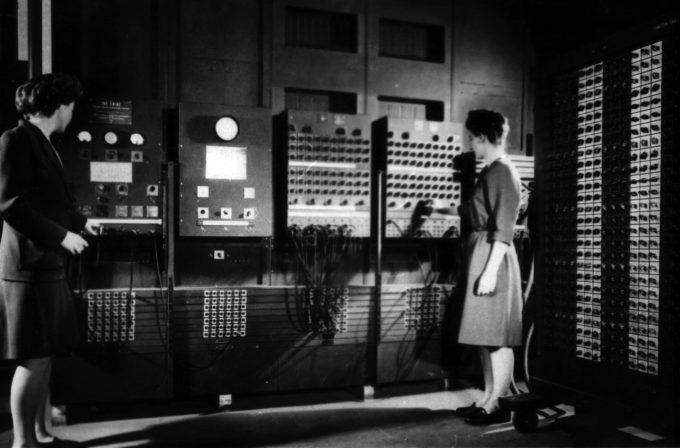 During her research in the ‘80s, Kleiman recalls finding a photo of the ENIAC that was surrounded by women but none of them were captioned beneath. Sparking her interest, she began calling around the UPenn to find out who they were. This eventually led to many years working on the documentary.
During her research in the ‘80s, Kleiman recalls finding a photo of the ENIAC that was surrounded by women but none of them were captioned beneath. Sparking her interest, she began calling around the UPenn to find out who they were. This eventually led to many years working on the documentary.
At the time of the ENIAC’s development, the Moore School had little or no grasp of just how crucial the task of programming was or would become. This was the 1940s and terms like programming were not commonplace. It would be some 40 or 50 years, with the advent and success of companies like Microsoft, that would bring words like “programming” into the everyday lexicon.
Further, women that worked on calculating ballistic trajectories were always simply referred to as Computers. The army classified these skill sets as “sub-professional” and all Computers were women.
“We women sort of fell between the cracks because we didn’t belong to Moore School and we were just programmers, we were just Computers as far as the brass was concerned,” Kathleen McNulty says in the documentary.
 “Years later when I talked with computer historians, they would dismiss the work of the women of ENIAC as minor by saying: ‘Oh, they were sub-professional’,” Kleiman says. “But looking at it from the women’s perspective, the Computers knew that the work they were doing was critical to the war effort. The ENIAC Programmers knew the work they were doing was cutting-edge in the brand new field of modern computing.”
“Years later when I talked with computer historians, they would dismiss the work of the women of ENIAC as minor by saying: ‘Oh, they were sub-professional’,” Kleiman says. “But looking at it from the women’s perspective, the Computers knew that the work they were doing was critical to the war effort. The ENIAC Programmers knew the work they were doing was cutting-edge in the brand new field of modern computing.”
Throughout the making of the film, Kleiman got to know four of the ENIAC programmers – with Bartik, Meltzer, Holberton, and McNulty – who got to tell their story at long last.
In 1997, Women in Technology International (WITI) inducted the six women into its hall of fame, an accolade that was long overdue. Until that point, WITI wasn’t even fully aware of the women, according to a Wired piece from that year.
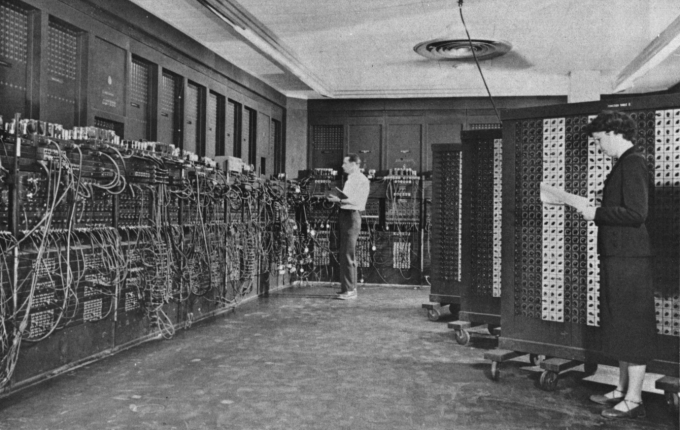 While the recognition was certainly a step in the right direction, the pressing need still exists to spread the word on the ENIAC programmers’ legacy, which will show the focal role that women played in the earliest days of modern technology history, and to ensure that it is a legacy and impact that will continue.
While the recognition was certainly a step in the right direction, the pressing need still exists to spread the word on the ENIAC programmers’ legacy, which will show the focal role that women played in the earliest days of modern technology history, and to ensure that it is a legacy and impact that will continue.
“The more we can do to get the word out that women were the first programmers, I think it helps young girls see that women were pioneers in these areas. I think it helps men in companies get that they should really have an open mind when they’re interviewing people,” David Leighton, president of WITI, who sits on the organization’s management team with chairwoman and founder, Carolyn Leighton, says.
“It makes sense to have women at every level of the development cycle, on the product side, management, marketing, sales, that’s what going to create the shift I think, shifting the culture.”
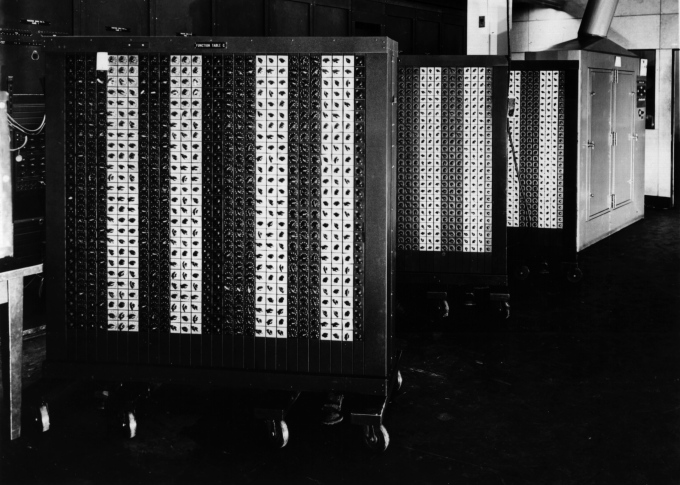 The ENIAC programmers’ work cannot be understated but neither can it ever be taken for granted once they’ve finally been given their due, a goal that Kleiman says has yet to be reached.
The ENIAC programmers’ work cannot be understated but neither can it ever be taken for granted once they’ve finally been given their due, a goal that Kleiman says has yet to be reached.
“The ENIAC Programmers will not have their due until every person in the world knows their names: Kathleen McNulty Mauchly Antonelli, Betty Snyder Holberton, Jean Jennings Bartik, Marlyn Wescoff Meltzer, Ruth Lichterman Teitelbaum and Frances Bilas Spence,” she says.
“They created programming techniques and tools that we all rely on today. When every student knows their names and everyone is taught that we have male and female pioneers of computing, then they’ll have their due.
“I’m hoping that this story inspires other women and men who, like me, did not start out as historians, to go and capture the histories of people that they know did great things. I don’t think we can wait for the historians. I think we have to do the work ourselves.”
Photos provided by the U.S. Army